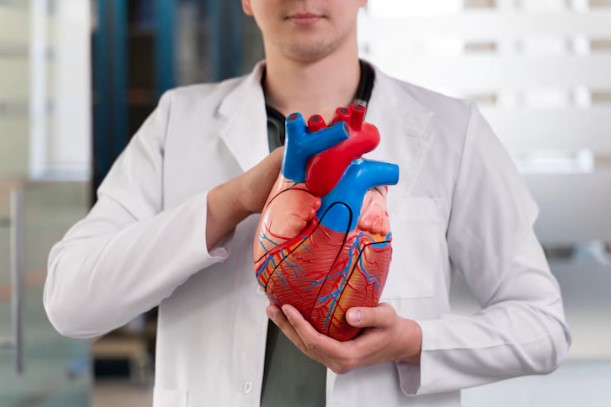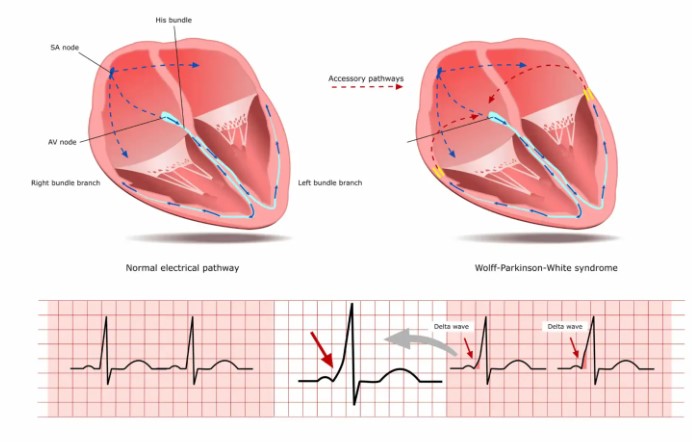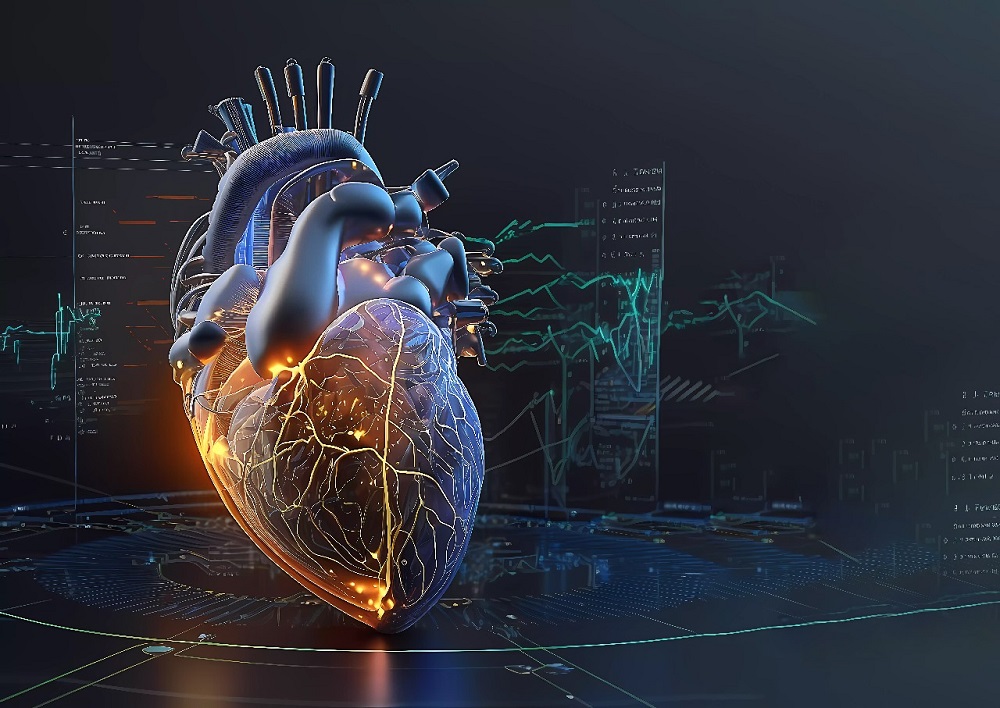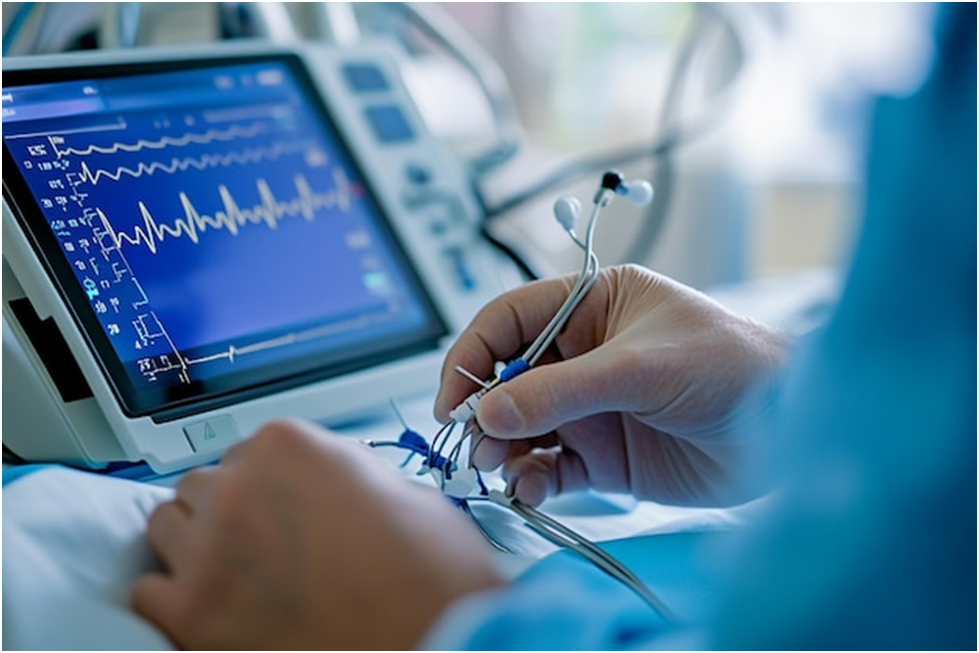Understanding Supraventricular Tachycardia ECG: A Quick Guide
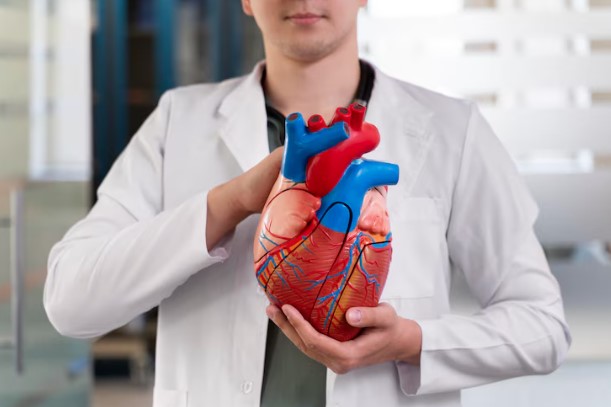
Strong 8k brings an ultra-HD IPTV experience to your living room and your pocket.
If you’ve ever heard of supraventricular tachycardia ECG and wondered what it is, you’re not alone. In simple terms, supraventricular tachycardia (SVT) refers to an abnormally fast heart rate that originates above the heart's ventricles, typically in the atria or the AV node. An ECG (electrocardiogram) is a diagnostic tool that records the electrical activity of the heart, and it's the key test used to detect conditions like SVT. This diagnostic test plays an essential role in helping healthcare professionals assess the cause of rapid heartbeats and determine the most effective course of treatment. In this blog, we will delve deeper into what a supraventricular tachycardia ECG is, how it works, and why it’s so important.
What is Supraventricular Tachycardia?
Supraventricular tachycardia refers to a group of abnormal heart rhythms that start above the heart's ventricles, either in the atria or the AV node. It is characterized by a heart rate that exceeds 100 beats per minute, often rising to over 200 beats per minute in some cases. The condition can be triggered by stress, alcohol consumption, caffeine, or certain medications, although in some individuals, it may occur without any obvious triggers.
SVT is generally not life-threatening, but it can cause symptoms like palpitations, dizziness, shortness of breath, and chest pain. In more severe cases, it can lead to complications such as heart failure or stroke, which is why it’s crucial to diagnose and treat the condition promptly.
How Does a Supraventricular Tachycardia ECG Work?
An electrocardiogram (ECG) is a non-invasive test that measures the electrical impulses generated by your heart. By attaching small electrodes to your chest, arms, and legs, the ECG records the heart’s electrical signals and produces a graph of these signals, called a rhythm strip. This strip provides valuable information about the heart’s rhythm, rate, and the size of the chambers.
When a supraventricular tachycardia ECG is performed, the resulting pattern can help doctors detect abnormal heart rhythms. In the case of SVT, the ECG will show a rapid and regular heart rate, often without a noticeable P-wave (which represents the atrial contraction). The test will also reveal the abnormal electrical pathways that cause the heart to beat too quickly.
By identifying these electrical irregularities, the supraventricular tachycardia ECG provides a clear picture of what is happening inside the heart and allows the physician to diagnose the specific type of SVT. This is crucial for determining the best treatment options. You can book your free consultation with the heart ae today.
Why is Supraventricular Tachycardia ECG Important?
The importance of a supraventricular tachycardia ECG lies in its ability to provide a clear diagnosis. While symptoms of SVT, such as palpitations or dizziness, are often noticeable, they may be mistaken for other less serious conditions. An ECG is the definitive tool to confirm the presence of SVT and rule out other potential causes of rapid heart rate.
Once diagnosed, treatment can be tailored to the patient’s specific needs. In many cases, lifestyle changes such as reducing caffeine intake or managing stress can help manage the condition. However, more severe cases may require medication, cardioversion (a procedure to reset the heart’s rhythm), or even surgery to correct the underlying electrical issue.
𝘉𝘰𝘰𝘬 𝘢 𝘍𝘳𝘦𝘦 𝘊𝘰𝘯𝘴𝘶𝘭𝘵𝘢𝘵𝘪𝘰𝘯 𝘛𝘰𝘥𝘢𝘺: https://www.theheart.ae/contact-us/
A supraventricular tachycardia ECG is an invaluable diagnostic tool for identifying the presence of SVT. By providing a detailed snapshot of the heart’s electrical activity, it helps healthcare providers diagnose the condition accurately and determine the most appropriate treatment plan. If you are experiencing symptoms like a rapid heart rate or dizziness, don’t hesitate to consult a healthcare professional. Early diagnosis and treatment can help prevent complications and ensure that your heart stays healthy.
Understanding the role of an ECG in diagnosing SVT can empower you to take control of your heart health and seek the care you need to live a longer, healthier life.
Note: IndiBlogHub features both user-submitted and editorial content. We do not verify third-party contributions. Read our Disclaimer and Privacy Policyfor details.




